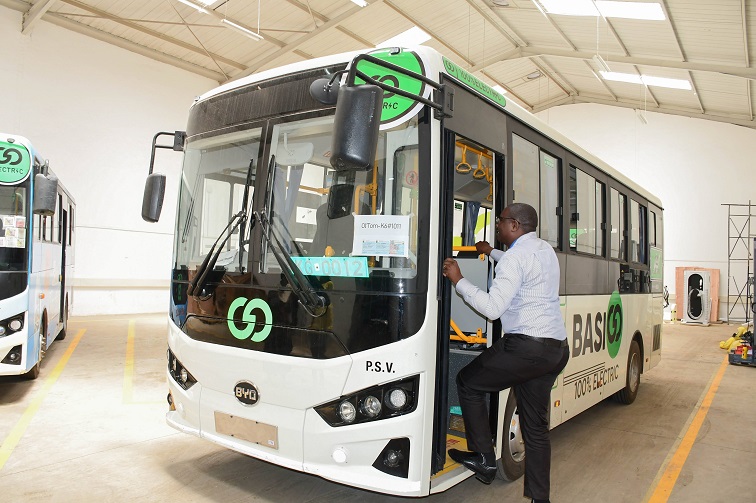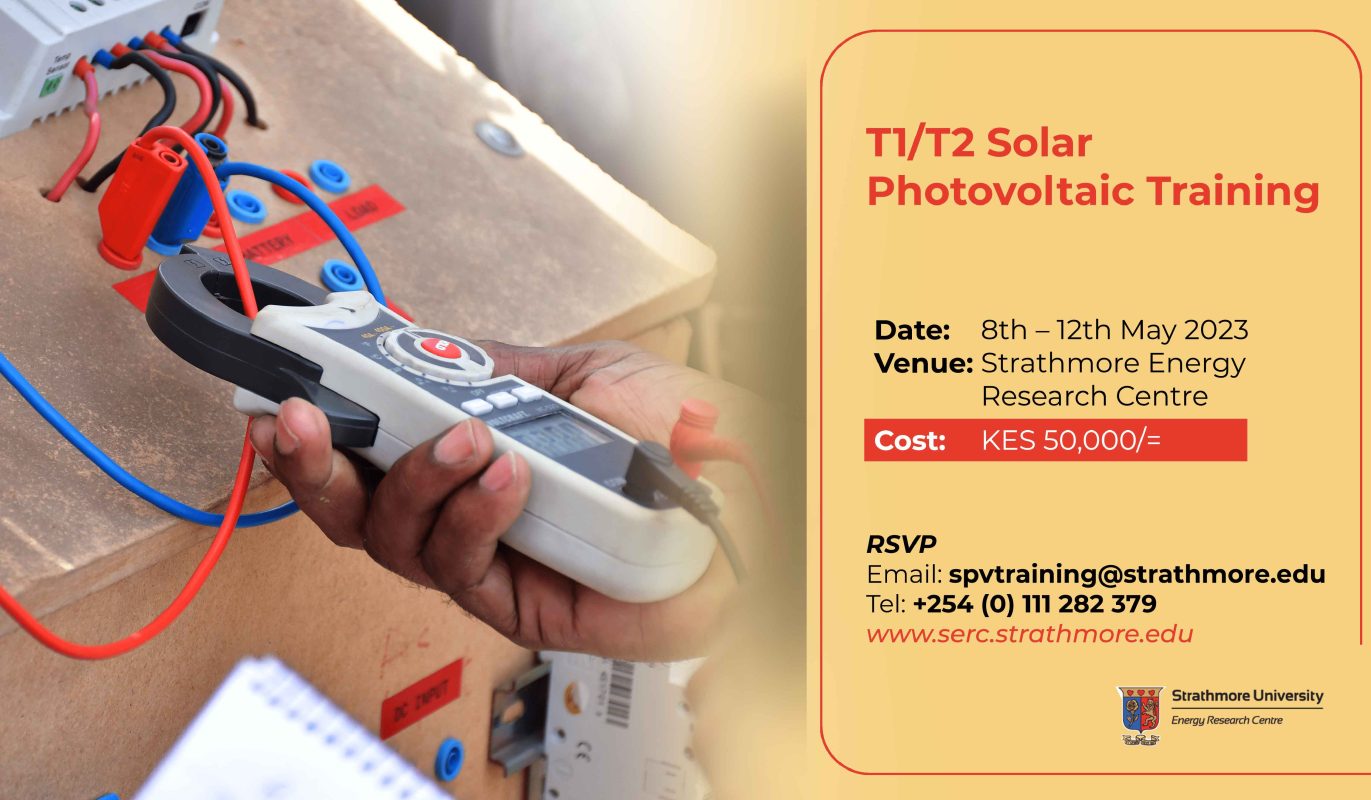
At the end of April, I had my first ride in a BasiGo e-bus from their warehouse in Kikuyu all the way to the heart of Eastlands and finally to ROAM park, a facility newly opened for electric motorcycle production and battery development. I enjoyed the quietness of the bus and the opportunity I had to charge my phone while travelling. The e-bus also offers free WI-FI and piped music. What struck me the most is that I could use my laptop to work while travelling. In the bliss of the quietness, I could catch up with pending deadlines, read a book or just relax while emitting zero emissions to the atmosphere. Sustainable transport at its epitome.
Sustainable transport
The Sustainable Development Sustainable Transport InterAgency 2021 report by the United Nations states that sustainable transport is central to sustainable development. With impacts across a range of sustainable development goals (SDGs), it is key to achieving the 2030 Agenda for sustainable development and the Paris Agreement on Climate Change. In Kenya, sustainable transport is growing rapidly. While two-wheelers have taken the lead due to the availability of battery swapping stations and the convenience of them anywhere using a standard three-hole socket charger, four wheelers and buses are also gaining traction.
To cement this growth, on April 1st 2023, the Energy and Petroleum Regulatory Authority (EPRA) approved a special tarrif under the e-mobility category for charging of electric vehicles (EV) after it noted that as of 2022, there were 350 and counting registered e-vehicles in Kenya. This new tarrif set at Kshs 17 for energy consumption for up to 15,000 kWh during peak periods and Kshs 8 kWh during off-peak periods will promote Kenya’s agenda on climate change and sustainability.
It’s this growth in the sustainable transport sector that informed an in-depth study.
Assessing the Impact of EV Uptake on the Grid
From December 2022, Strathmore Energy Research Centre, in partnership with Transformative Urban Mobility Initiative (TUMI E-Bus Mission), have been researching the impact of electric vehicles on the grid, and developing a criteria for installing charging stations in Nairobi. This research is in line with the Kenya National Energy Efficiency and Conservation Strategy e-mobility objective to increase the share of EVs by 5% annually of the total imported cars by 2025, and the government’s plan to introduce a Bus Rapid Transport (BRT) system.
A BRT is an exclusive dedicated corridor providing faster travel times and reducing congestion in the city. Elements of rail and road are weaved to the concept. BRT reduces idling in traffic, which in turn improves air quality.
The key objectives of the research include:
- Study and model commuter concentration points, traffic flows, the ranges of available electric buses and identify suitable locations for EV charging stations.
- Determine the maximum number of EV charging stations for depot and opportunity charging that the electricity grid in Nairobi can serve.
- Propose a clear criterion for installation of public charging stations for the city, noting the grid capacity.
Preliminary findings
The Institute for Transportation and Development Policy (ITDP) Service Plan for BRT Line 2 report found that the service plan estimated peak hour volume as 34,000 passengers per hour per direction and proposed twelve routes along the corridor with direct services to minimize the need for transfers. Further, the operational fleet needed to operate the system is estimated to be 555 articulated buses, corresponding to a total fleet of 611 buses with a 10 percent reserve.
In regards to the power system, before charging station incorporation, the Institute of Electrical and Electronics Engineer (IEEE) 33 bus distribution network test system peak load is 3,715 kW. With incorporation of one charging station at bus 2, the load rises by 1,440 kW to 5,155 kW. When the two charging stations are incorporated, the load increases by 1800 kW to 5,515 kW. The table below gives a summary of load increase with EV charging station incorporation into the distribution network test system.
Look out for the final report, which will be available to the public at the end of July, 2023.This project is funded by the Transformative Urban Mobility Initiative and is led by Ignatius Maranga.
You can contact us at serc@strathmore.edu for more information.





